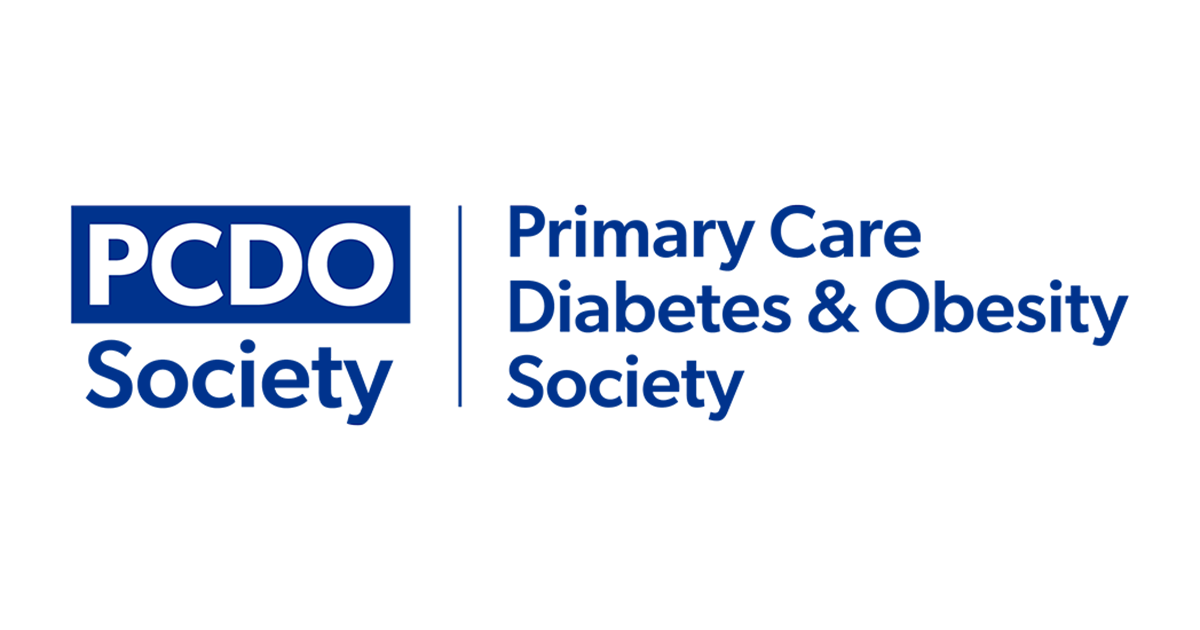ED experienced by 50% of men aged 40–70 years
Up to 52% of men aged between 40–70 years experience some degree of erectile dysfunction (ED) according to a study by Feldman et al (1994). The researchers found that up to 75% of men with diabetes suffer from ED.
Atherosclerosis accounts for nearly 50% of ED in men over 50 years in age, said Dr Mike Kirby, GP and Director of the Hertfordshire Primary Care Research Network at the Sexual Revival Think Tank in London, on 18th September. The narrow vessels of the penis are more prone to atherosclerotic blockage than the larger vessels in the heart. ‘ED can be a useful indicator of cardiovascular disease progression’, said Dr Kirby. ‘ED could actually stand for endothelial dysfunction’, he continued.
‘All men with diabetes who visit their GP or diabetes clinic should be asked if they have erectile problems’, said Dr John Dean, a specialist in Sexual Medicine from the Salisbury Clinic, London and Plymouth. While only 29% of men with ED initiate discussion with their GP about the problem, research by Laumann et al (2002) found that 51% men were ‘very bothered’ by it. ‘ED is an extremely rewarding condition to treat as a GP’, said Dr Dean. Oral therapy is often the first line of treatment and has a high rate of success; risk factor modification can also improve erectile function.
Times are changing for the diabetic foot clinic
The overall amputation rate of an area is reduced by up to 50% whenever a multidisciplinary secondary care foot clinic is established, according to Dr Matthew Young, Consultant Physician from the Royal Infirmary of Edinburgh at the Diabetic Foot journal conference on 23rd September.
‘Effective foot screening will require a change in practice. Clinics will be streamlined and will implement the results of screening’, said Dr Young. The idea is that there is a regional central clinic and sub-regional satellites. The former acts as a guide and teaching resource for the care of people with diabetic feet. The sub-regional teams of nurses and podiatrists ‘are of great importance to the successful management of diabetic foot ulceration (for example) as ulcers cannot be seen every week by the multidisciplinary diabetic foot clinic’, said Dr Young.
Treatment for stroke prevention does not follow guidelines
Primary care physicians who treat people with hypertension believe that stroke is a greater risk than myocardial infarction (MI), according to results of the Global Reality of Attitudes on Stroke Prevention and Hypertension (GRASP) survey presented at the European Society of Cardiology Congress 2003, in Vienna.
GRASP surveyed 820 primary care physicians from 11 countires aiming to ascertain their perceptions on management of hypertension. Results showed that 48% of physicians give stroke an ‘extremely high consideration’ when selecting a treatment, compared to 40% who give MI and 34% who give renal impairment ‘extremely high consideration’ when considering a hypertension treatment.
‘This survey shows us that 70% of physicians believe that all or most first strokes can be prevented by properly treating high blood pressure’, said Professor Philip Poole-Wilson, the World Heart Federation President.
However, many patients are not receiving angiotensin II antagonism, which is recognised to reduce stroke in the European Society of Hypertension and Cardiology Guidelines. ‘We are still seeing a gap between the priority of stroke prevention in hypertension management and what patients are receiving for treatment’, he continued.
Avoiding incommunicado using patient-held record books
The ‘expert patient’ is an increasingly important concept. However, the patient-held record book takes this a step further by providing a vital link between primary and secondary care, according to Anne Rayman, DSN from Ipswich who spoke at the Diabetic Foot journal conference on 23rd September. As well as involving the person with diabetes and providing a resource for them to refer to, patient- held record books lend a means of communication between district nurses and secondary care.
Gut hormone could hold key to reducing obesity
Researchers have discovered that a hormone, PYY3-36, can reduce appetite when it is injected. Hormone infusion also cuts by a third the number of calories eaten by both lean and overweight people. These findings were reported at Diabetes Dialogue (Geneva, April 4–5, 2003) by Professor Steve Bloom (Head of the academic Division of Investigative Science at Imperial College, and Clinical Director for Pathology and Therapy Services, Hammersmith Hospital, London).
PYY3-36 is released with every meal and has a role in the regulation of appetite. Obese people make on average only two-thirds the levels of PYY3-36 compared with lean people.
‘These findings suggest that boosting PYY3-36 offers a novel approach towards treating the epidemic of obesity in our society’, said Professor Bloom.
Getting into control: the vital role of the nurse
‘Nurses play a pivotal role in the management of diabetes, often bridging the gap between people with diabetes and physicians’, said Anne- Marie Felton, Chair of the Federation of European Nurses in Diabetes (FEND).
Anne-Marie chaired the satellite meeting – Getting into Control: The Vital Role of the Nurse – staged at the FEND 8th Annual Conference in Paris, on 23 August 2003.
‘The aim of the meeting’, said Anne-Marie, ‘was to examine the nurse’s unique perspective on glycaemic control and the initiation of insulin.’





Seeing rising numbers of people with private prescriptions for injectable weight loss drugs, Jane Diggle discusses how to maximise their benefits.
3 Mar 2025